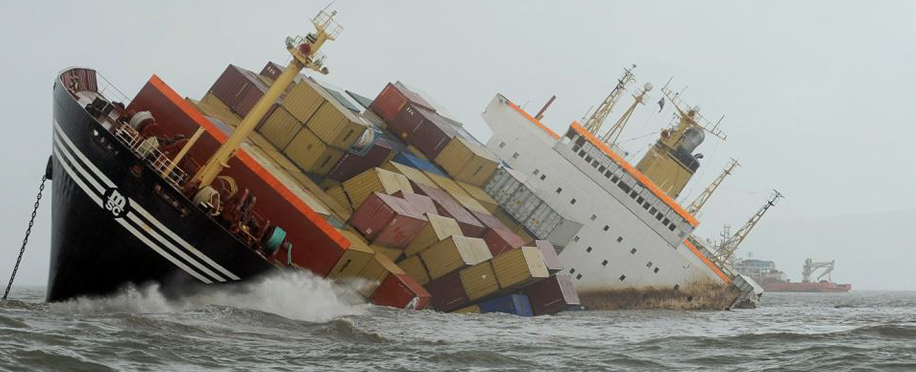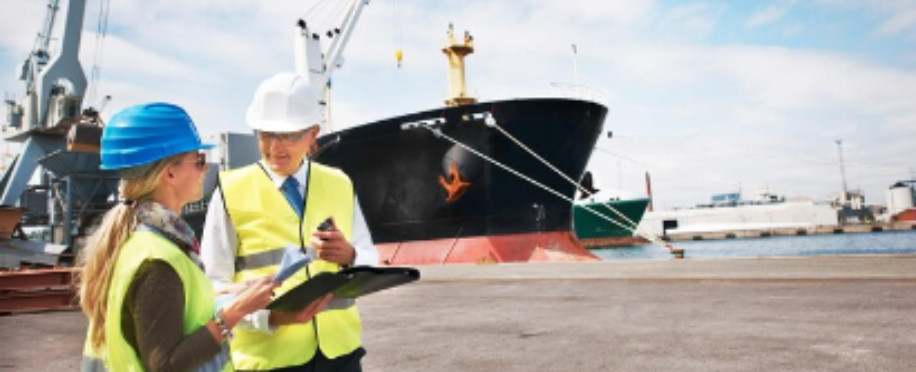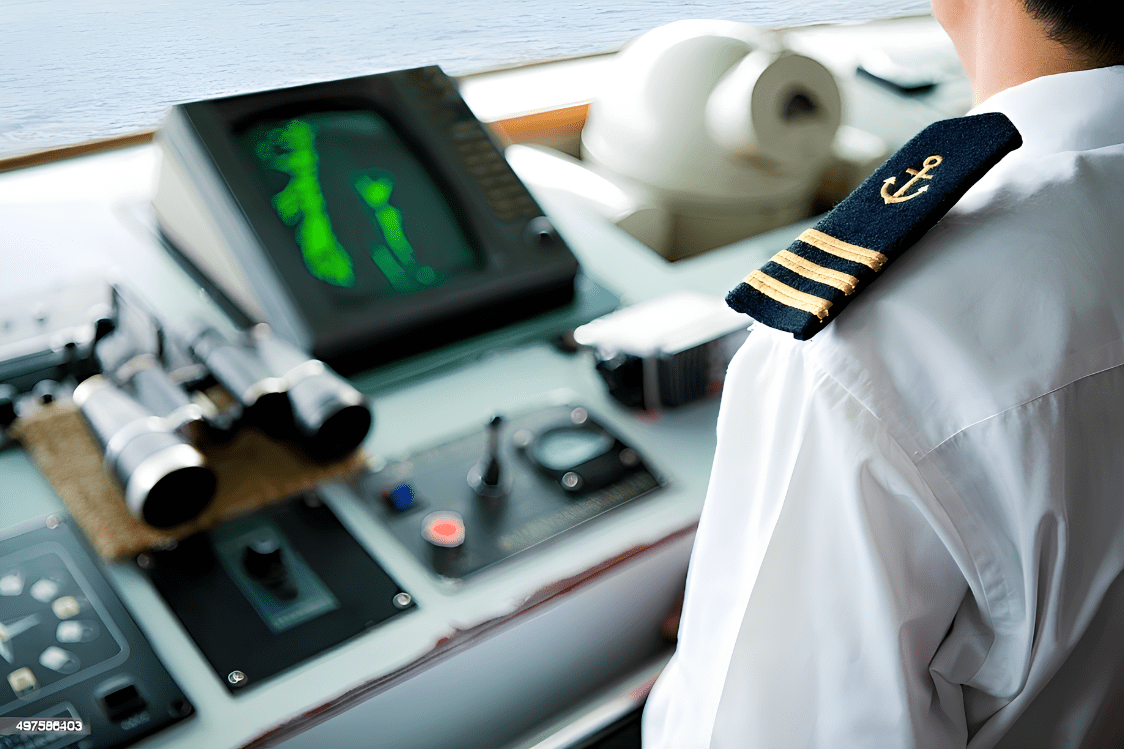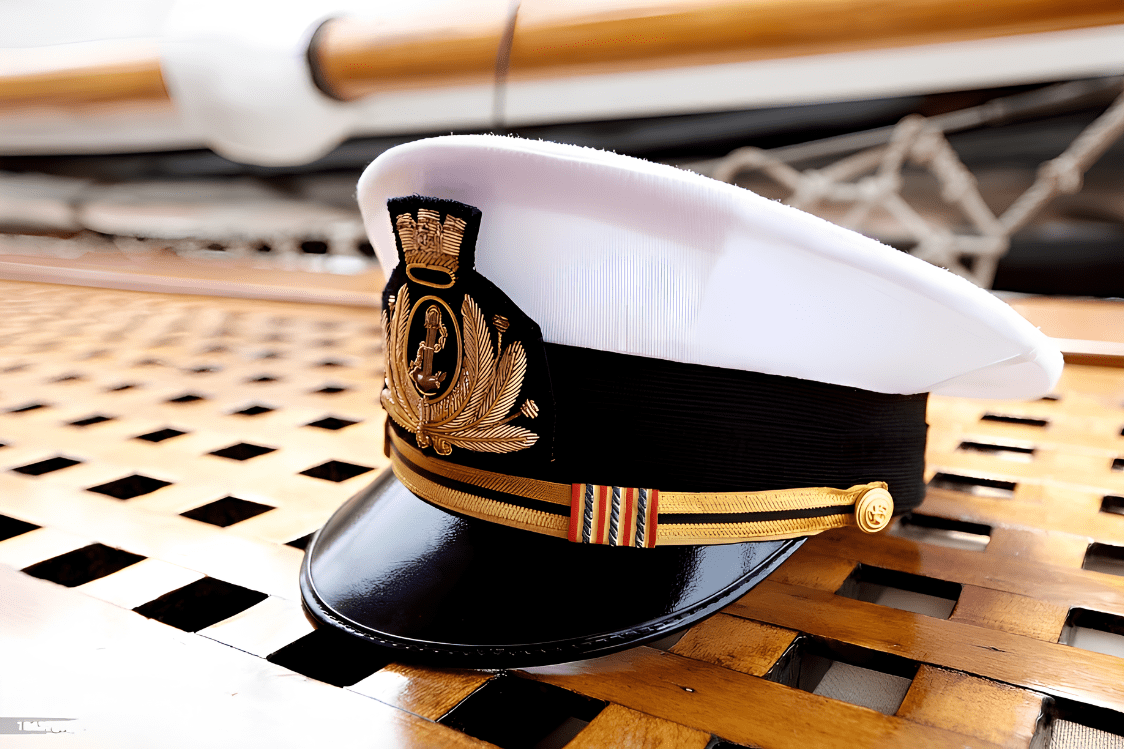No Cure No Pay vs. Fixed-Fee Salvage: Key Differences in Maritime Law
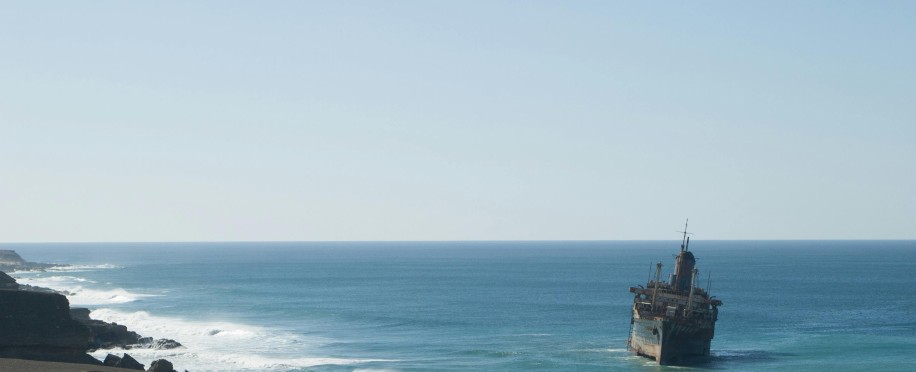
Posted on Mar 23, 2025 at 10:03 AM
Rapid rescue operations are essential when ships experience difficulties at sea, and they frequently depend on accurate and unambiguous maritime salvage agreements. Knowing the differences between the two most common kinds—"No Cure No Pay" and fixed-fee salvage—can make the difference between substantial risk and financial stability. Let's examine these important ideas and see where each works best.
Understanding Salvage Agreements in Maritime Law
Salvage refers to services rendered to a ship in danger, saving it or its cargo from potential loss. These efforts aren't free, and compensation typically arises through salvage agreements. Two main arrangements dominate maritime practices today: "No Cure No Pay" and fixed-fee salvage.
Exploring "No Cure No Pay" Salvage
"No Cure No Pay" is a compelling salvage contract concept deeply rooted in maritime tradition. Simply put, salvors only receive payment if their salvage efforts are successful—no cure, no pay. This principle motivates salvors to give their utmost, knowing their reward hinges entirely on their performance.
The clear benefit here is that ship owners only pay when they genuinely benefit. The risk to owners diminishes significantly because unsuccessful attempts don't result in payment. However, salvors assume substantial risk, bearing all expenses upfront, knowing compensation isn't guaranteed.
So when is "No Cure No Pay" appropriate? Typically, when the potential reward justifies the risks involved. Situations involving ships or cargoes of high value usually attract salvors willing to engage under this high-stakes agreement. Salvors who successfully rescue valuable cargo receive compensation proportionate to the value saved, aligning their interests closely with ship owners.
A practical scenario might be a stranded cargo vessel worth millions. A salvage company operating under a "No Cure No Pay" contract would fund all rescue operations initially, from crew salaries to equipment and fuel. Only if the salvage is successful and compliant with maritime law will the salvors earn their payment, usually a significant percentage of the recovered value.
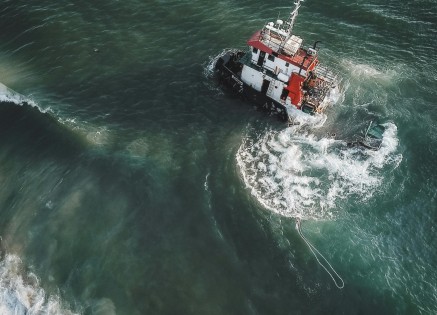
Fixed-Fee Salvage Agreements Explained
The fixed-fee salvage agreement is at the other extreme of the range. In contrast to "No Cure No Pay," a fixed-fee salvage contract, which is usually set up in advance, ensures payment regardless of the result. Here, predictability is the main advantage. Salvors' financial risk is greatly decreased by the agreed-upon pay they get.
The fixed-fee arrangement, however, can occasionally demotivate salvors, which could result in less vigorous rescue efforts even when certainty is advantageous. On the other hand, ship owners must pay more up front, whether or not the salvage is successful.
In reality, smaller-scale activities or situations with a high or predictable chance of success are best suited for fixed-fee agreements. For instance, a fixed-fee contract is frequently ideal for retrieving a grounded ship from a sandbank during calm weather. Salvors move forward with assurance because they believe there is a good chance of success and because owners gain from predictable, surprise-free spending.
Yet, what about complex or high-risk scenarios? Here, fixed-fee agreements become less attractive. Imagine a salvage attempt during a fierce storm—the high uncertainty might discourage salvors from accepting a fixed-fee arrangement due to the disproportionate risk involved.
Comparing the Two: Which is Best?
Choosing between "No Cure No Pay" and fixed-fee salvage hinges on careful consideration of risks, rewards, and conditions.
The "No Cure No Pay" option is most advantageous when:
- The cargo or vessel has significant value.
- The operation carries substantial uncertainty or risk.
- Salvors are confident in their capabilities but accept high risk for a potentially lucrative reward.
In contrast, fixed-fee salvage arrangements best serve situations where:
- The salvage operation is relatively predictable and straightforward.
- Ship owners prefer cost predictability over uncertainty.
- Salvors need assurance of payment due to funding constraints or risk aversion.
Moreover, understanding these nuances is essential, particularly for those enrolled in maritime Law courses in Rotterdam, renowned for its maritime law education. These professionals grasp intricacies that could significantly impact financial outcomes during maritime operations.
Conclusion
In maritime salvage, decisions about compensation arrangements—"No Cure No Pay" versus fixed-fee salvage—significantly impact both salvors and ship owners. Each form offers unique advantages tailored to different scenarios. By carefully analyzing conditions, risks, and rewards, maritime stakeholders can confidently select the most beneficial salvage agreement, ensuring optimal outcomes for all parties involved.
